Cloud technology has quickly made a huge impact on the way modern businesses build and operate their IT infrastructure. Time is money, and Cloud computing offers companies a cost-effective, variable and easily scalable way to manage data. Cloud technology knows different models, such as Infrastructure-as-a-Service (IaaS), Platform-as-a-Service (PaaS) and Software-as-a-Service (SaaS). What are the differences between the various systems, do they perhaps compete on certain points? This article provides information.
Inhaltsverzeichnis
What are cloud service models?
Cloud service models represent a time- and cost-efficient way to access resources and services in the Cloud access.
Infrastructure-as-a-Service (IaaS)
With Infrastructure-as-a-Service (IaaS), the following are virtual machines, the storage space, networks, hardware and other IT resources provided. IaaS providers thus provide a company with (virtual) infrastructure on which its own applications and services are run. However, IaaS does not mean that all responsibility lies with the provider - quite the opposite. The company's IT team usually takes over the management of the data, i.e. applications, operating systems or databases. This allows the company flexibility and scalability as well as the possibility to add or remove resources independently without having to expand or reduce physical infrastructure.
Platform-as-a-Service (PaaS)
Platform-as-a-Service (PaaS) is a cloud service model that builds on IaaS. PaaS providers provide a Development and deployment environment which enables developers to create, test and deploy applications in the cloud. Companies can use predefined platforms and services to shorten development times and reduce costs.
Software as a Service (SaaS)
With Software-as-a-Service (SaaS), the internet serves as a resource for the company. Users access the applications via the internet and do not have to install them on their own computers. SaaS provider provide software applications and take care of maintenance and upgrades. Companies can benefit from a fast implementation and easy scaling of applications. The main responsibility for management and administration lies with the provider.

Cloud computing offers numerous advantages and functions for operational processes. Read all the relevant information about this technology in our introductory article:
What are the application examples for the cloud service models?
Application examples for Infrastructure-as-a-Service (IaaS)
An apt application example for Infrastructure-as-a-Service (IaaS) is for example Amazon Web Services (AWS). AWS provides companies with a virtual infrastructure on which they can run their applications and services. Microsoft Azure or Cherry servers are also much-used IaaS services.
One example of the use of IaaS is the Testing applications. By using the cloud, companies can quickly and cost-effectively build a test environment that meets the needs of the application.
Application examples for Platform-as-a-Service (PaaS)
One application example of Platform-as-a-Service (PaaS) is the Web application development. Companies can use a platform like Heroku to easily deploy a web application without having to worry about running servers and scaling.
Furthermore, PaaS are suitable for the Analysis of Big Data. Users can use a PaaS solution such as Apache Hadoop to analyse large amounts of data and gain insights without having to build and maintain their own infrastructure.
Application examples for Software-as-a-Service (SaaS)
An example of the use of Software-as-a-Service (SaaS) is the use of E-mail and calendar services such as Microsoft 365 or Google Workspace. Companies can benefit from their use by providing their employees with email and calendar functions regardless of location and device.
Another application example for SaaS is the Accounting. A SaaS solution such as DATEV can be used to handle internal company accounting in the cloud and access it from anywhere without having to install your own accounting software on the devices.
What is the difference between the individual models?
The cloud service models differ mainly in terms of the resources and responsibilities provided between Cloud provider and customers.
IaaS vs. PaaS
Infrastructure-as-a-Service (IaaS) provides the customer with the basis for the virtual infrastructure. The cloud provider takes responsibility for the network and storage infrastructure, while the customer is responsible for the operating systems, applications and data. In contrast, Platform-as-a-Service (PaaS) provides the customer with a pre-configured platform on which the customer can develop and deploy applications. Here, the cloud provider is responsible for the entire infrastructure as well as the operation of the operating system, while the customer is responsible for the actual application.
IaaS vs. SaaS
Software-as-a-Service (SaaS) provides the customer with an application that runs on the provider's cloud infrastructure and is accessible via the internet. The customer has no responsibility for the infrastructure or the operating system, but merely uses the application. In contrast, IaaS provides the customer with the entire infrastructure on which the customer manages and operates the operating systems, applications and data itself.
PaaS vs. SaaS
Platform-as-a-Service (PaaS) and Software-as-a-Service (SaaS) differ in which part of the application development and operation is the responsibility of the customer. While with PaaS the customer develops and provides the actual application, but the provider provides the underlying platform and infrastructure, with SaaS the customer is exclusively the user of the provided application.
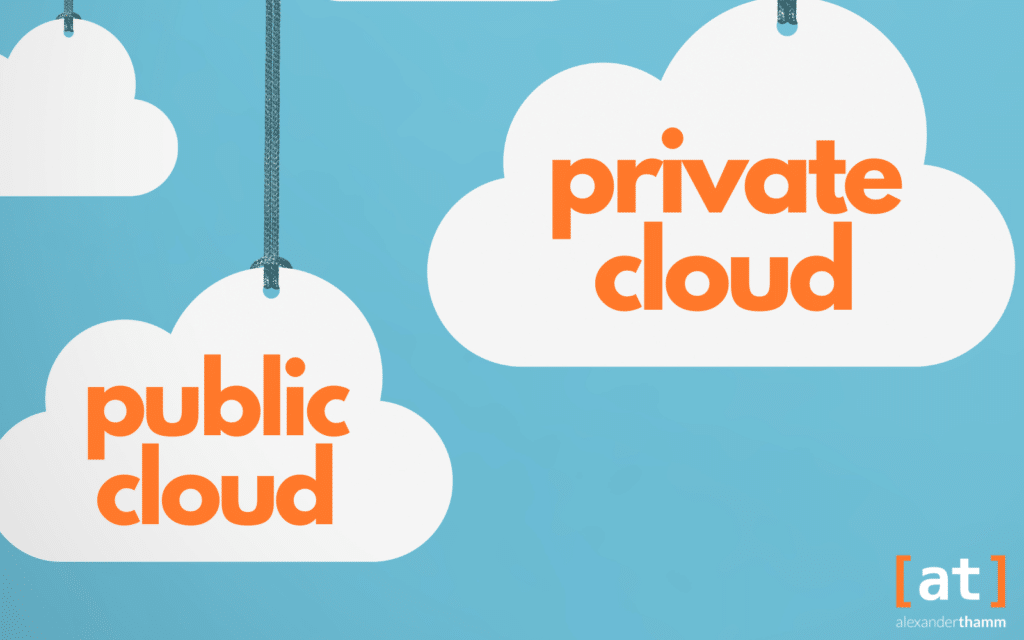
For a full technical overview of the added values and differences between the two cloud delivery models, public and private cloud, see our blog:
What are the advantages and challenges of using it?
Infrastructure-as-a-Service (IaaS)
advantages:
- Scalability: The client only has to use the resources that are needed.
- Cost savingThe customer does not have to operate its own infrastructure and thus saves costs for hardware and maintenance.
- Flexibility: The customer has full control over operating systems, applications and data.
Challenges:
- SecurityThe customer is responsible for the security of his applications and data.
- Complexity: The customer must be familiar with the operation of infrastructure and operating systems.
- Management: The client must carry out the resource management himself.
Platform-as-a-Service (PaaS)
advantages:
- Faster development: The pre-configured platform facilitates the development of applications.
- Scalability: The client can customise the resources required according to his own needs.
- Cost savingThe customer can also save enormous costs here, as the platform is provided and maintained by the provider.
Challenges:
- Limited control: The customer has less control over operating systems and network than with IaaS.
- Dependence on the providerThe customer is dependent on the availability and performance of the provider's platform.
- IntegrationIntegration with other systems and services can be complex.
Software as a Service (SaaS)
advantages:
- No installation: The applications are immediately available and do not need to be installed.
- Scalability: The customer can flexibly and quickly adjust the required number of licences.
- Maintenance: The provider takes over maintenance and updates of the applications.
Challenges:
- Adaptability: The customer often has limited options for customising applications to individual needs.
- Dependence on the provider: Here too, the customer is dependent on the availability and performance of the provider.
- Data protection: The client must ensure that sensitive data is processed securely and in compliance with data protection.
Cloud service models, when applied correctly, can bring many benefits such as flexibility, scalability and cost savings to businesses. However, there are still risks and challenges such as dependency on the provider or the security of internal company or personal data, such as trade secrets or information about employees. The decision whether and which cloud services to use depends primarily on the resources and needs of the company. These should be carefully evaluated to ensure a long-term and successful application.

Cloud migration is the transfer of corporate data and content to the cloud. Find out more about the prerequisites, strategies and processes in our article:
Do you have questions about the integration of cloud services in your company? Then please do not hesitate to contact us. We are happy to be at your disposal at any time and offer non-binding advice.

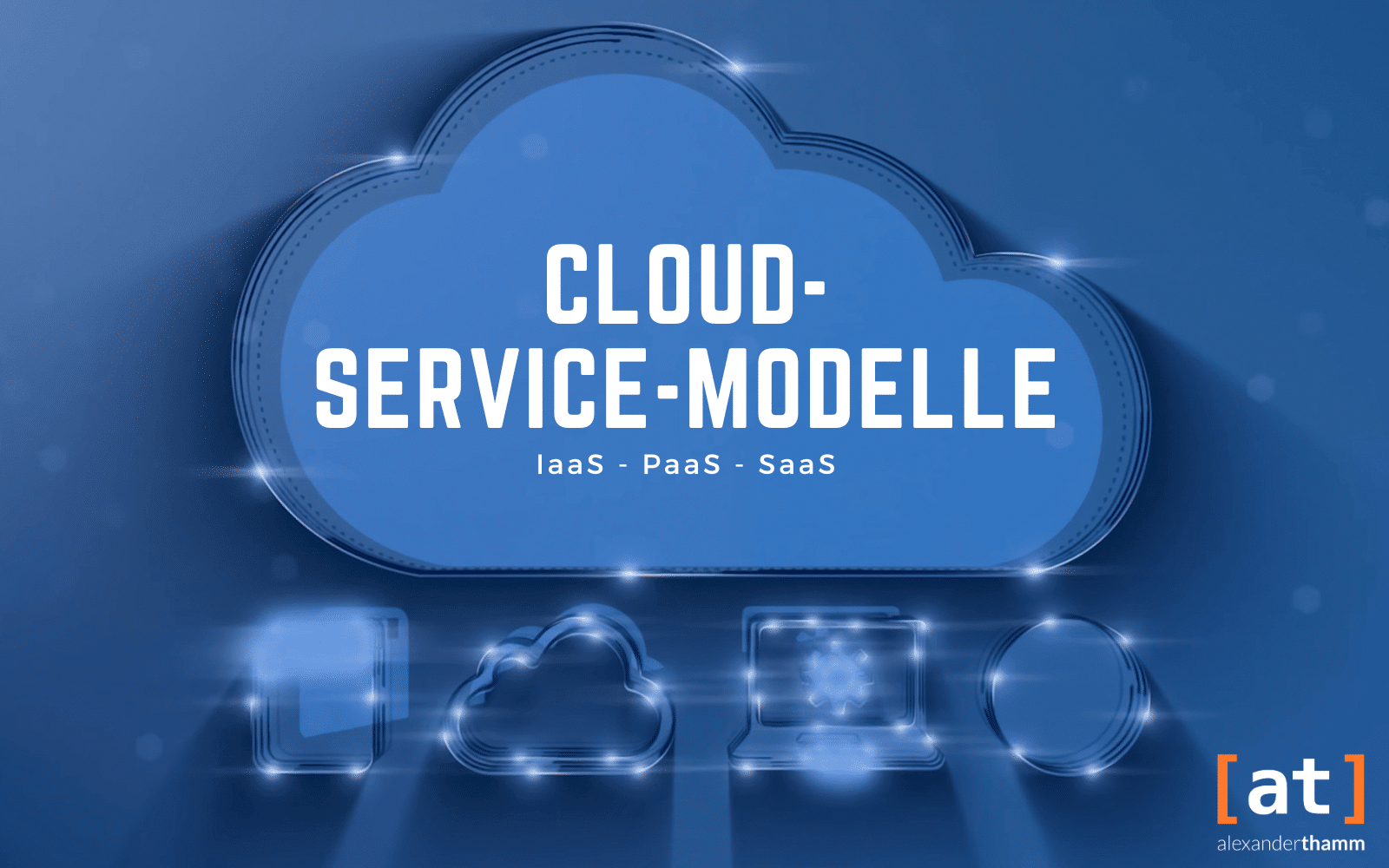


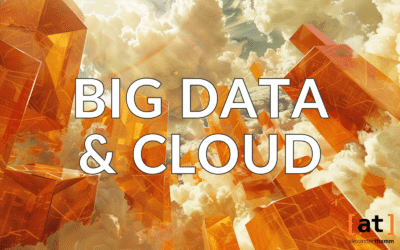

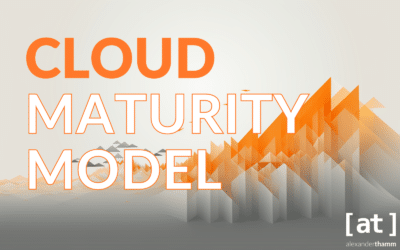
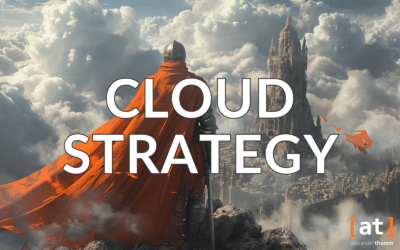
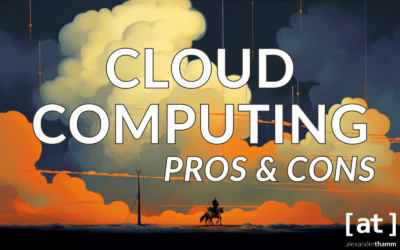


0 Kommentare